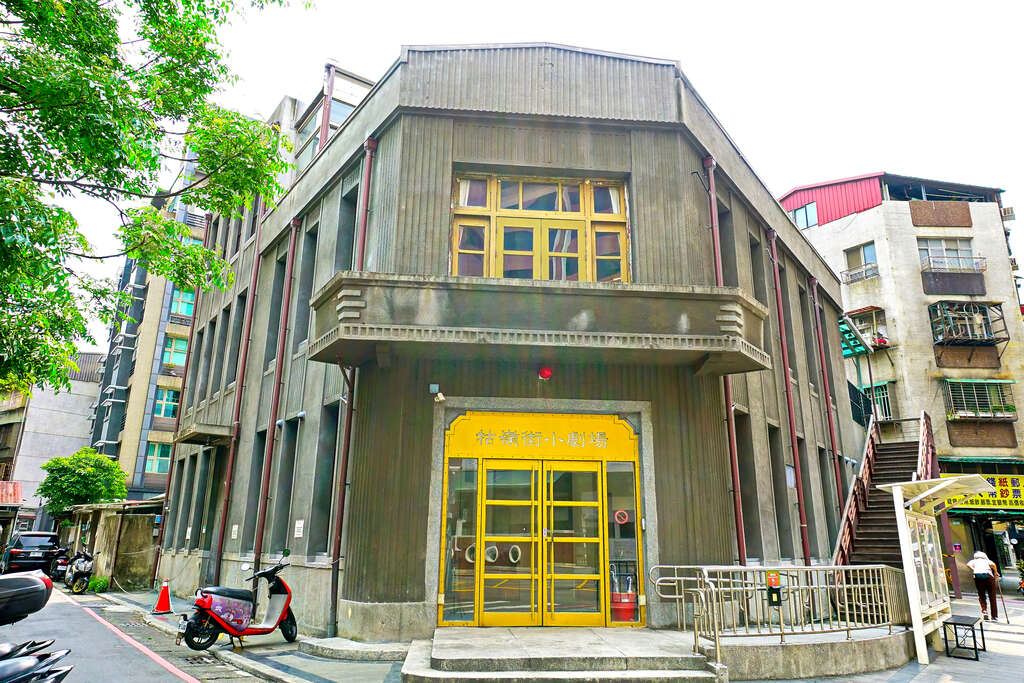Guling Street Avant-garde Theatre Introduction
During the Qing Dynasty, the route from Taipei City to Guting Village passed through Guling Street. In the Japanese colonial period, it was named Sakuma Town in honor of the fifth governor-general, Sakuma Samata. After Japan's defeat in World War II, repatriated Japanese people came here to sell books and paintings for money to return to Japan, becoming the precursor to the old book stalls on Guling Street. Later, mainland Chinese came to Taiwan and emulated the Japanese by establishing street vendors for old books and antique paintings, which helped spread the fame of Guling Street’s second-hand books, leading to the renaming of the area to Guling, in order to replace Sakuma Town and remove colonial connotations. The entrance of the Guling Street Small Theater faces northwest, built by the Japanese for surveillance to monitor possible threats from the plain area, which makes its architecture different from nearby residences. The Nationalist government continued to use this building for surveillance, functioning as a police station, symbolizing state power. The Zhongzheng Second Precinct moved to Nanhai Road, and this building became the performance space for the small theater, developing cultural and artistic activities. The space includes offices and service counters, a promotional area, an experimental theater, a detention room, meeting rooms, an arts space, an audiovisual room, and a rehearsal room. Various performances and activities are held here, marking a significant position in the history of small theater development in Taiwan.


















